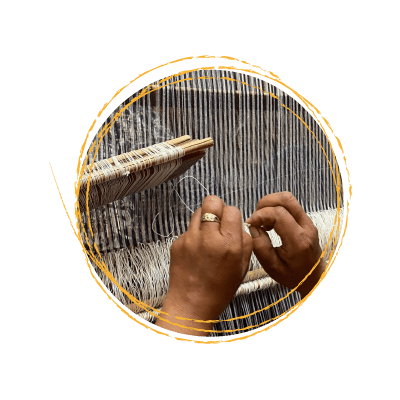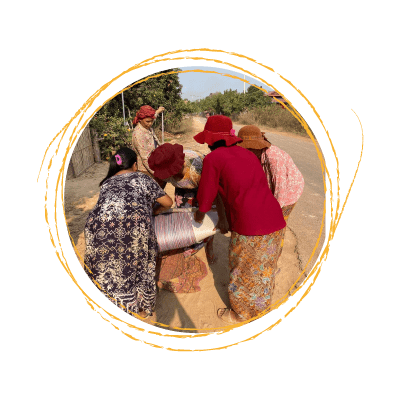Each Cambodian Krama in the Krama-Khmer range is carefully handcrafted by our partner, the Taan workshop, located in Siem Reap, Cambodia. Our talented weavers receive a fair wage for their skills and work, guaranteeing the exceptional quality of our products.
We're particularly pleased with this collaboration and with your Krama-Khmer, you're wearing a quality scarf with real ethical values.
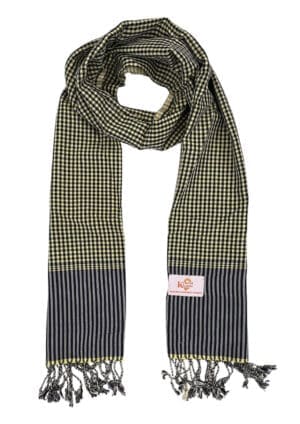

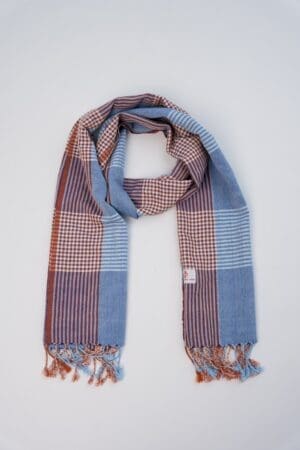
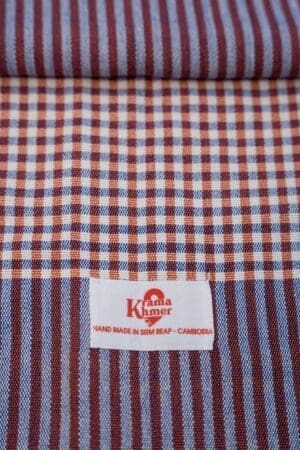
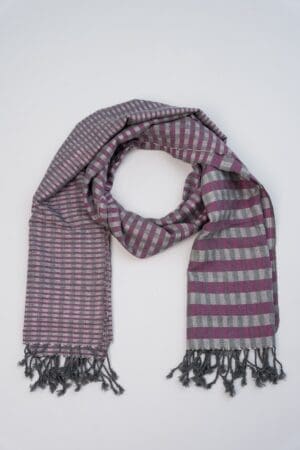
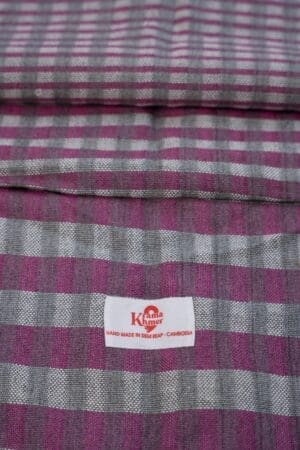


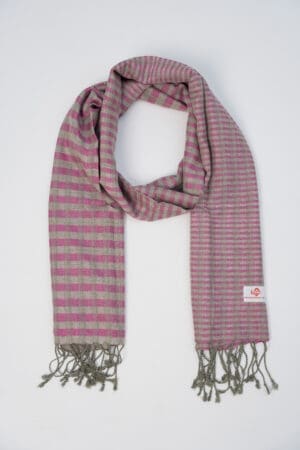

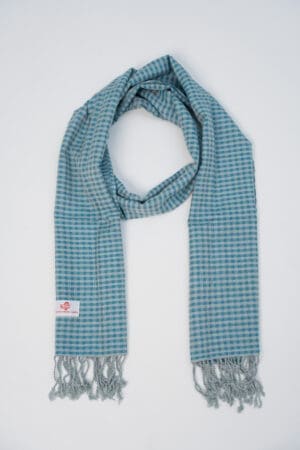
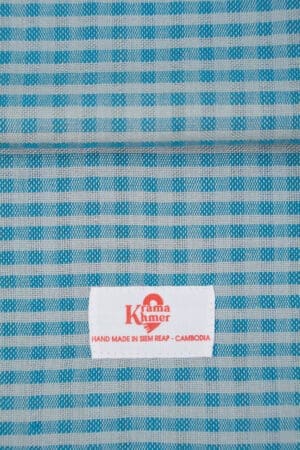

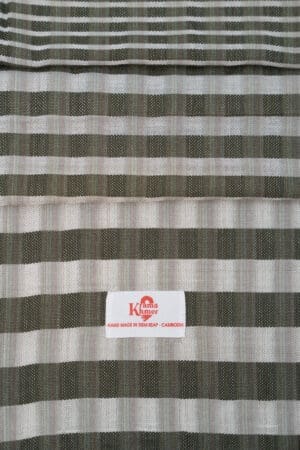
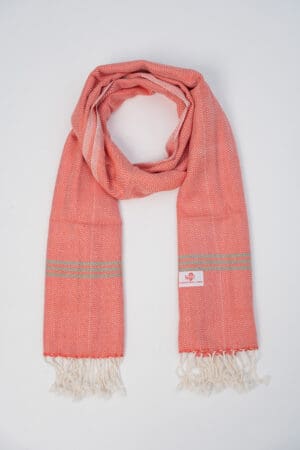
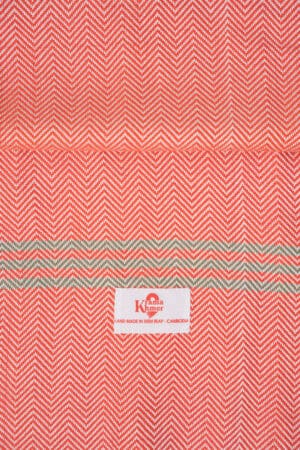
The krama is an integral part of the Khmer identity. According to Cambodians, there are more than 60 different uses for krama: they protect from the sun, dust, wind, cold and rain, and can be worn wrapped around the head, neck, shoulders or hips. If you have the chance to travel in Cambodia, you will see the locals wearing them tied around the neck, slung over the shoulder like turbans.
The Krama is also useful for carrying different things and can be used as a shopping bag after a walk. Mothers use them to carry their babies. Once folded, they become head cushions on which one can place large and heavy loads. In summary, Cambodians use it in their daily life as a stole, scarf, shawl, sling but also as a hammock, baby carrier, belt, head ornament or bundle.
In some remote villages, many families have a loom, often placed under the stilts of their house to take advantage of the shade, where the cotton and silk krama can be made. These kramas can be found for sale in the local markets.
This scarf allows to distinguish the different geographical origins of the inhabitants of Southeast Asia (Vietnamese, Laotians, Thai, etc.). This cotton scarf is present in all environments (urban, rural). The krama has a great value for the Cambodians because it is part of their daily life. It is a Cambodian symbol as well as a heritage, and the Krama-Khmer brand aims to perpetuate this ancient heritage, and to share it with as many people as possible around the world.
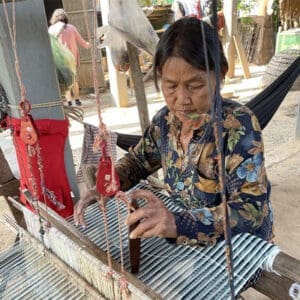
The krama is the essential souvenir to bring back from Cambodia, a traditional scarf made from cotton or silk that is treasured by all the locals. Opt for small craft workshops, particularly the one we work with in a charming village near Siem Reap.
Buy preferably from small artisan workshops like the one we work with in a small village around Siem Reap.
Why choose these workshops rather than buying your Krama in the tourist markets of Phnom Penh or Siem Reap? Most of the time, these Kramas come from industrial production and are mass-produced at derisory prices. At such prices, it is impossible for Cambodian weavers to make a decent living. It goes without saying that the quality of the Kramas handmade by our talented craftswomen, using traditional wooden looms, is far superior. By opting for our handmade Kramas, direct from our workshop partners, you will have the opportunity to discover the various stages in their manufacture.
